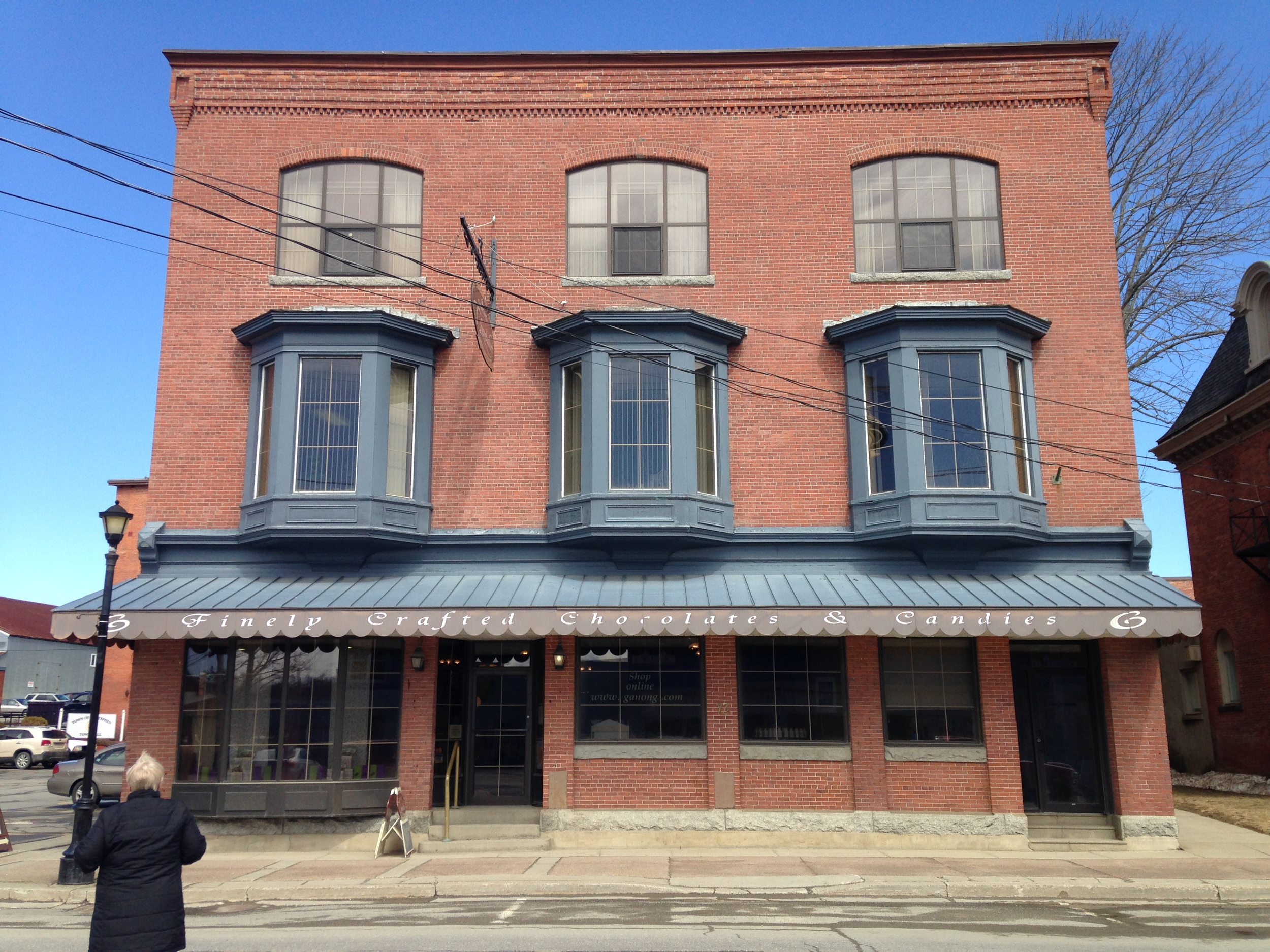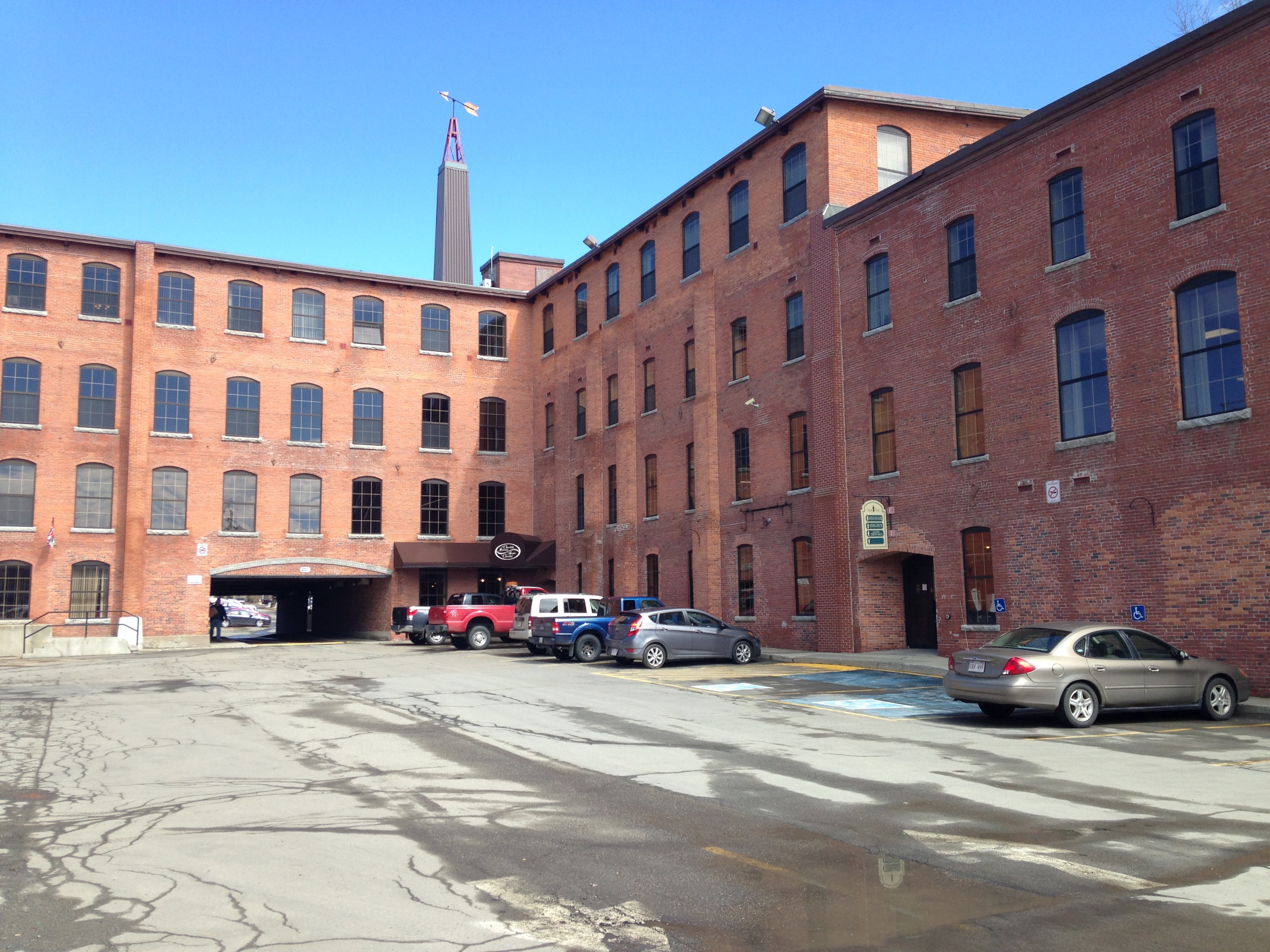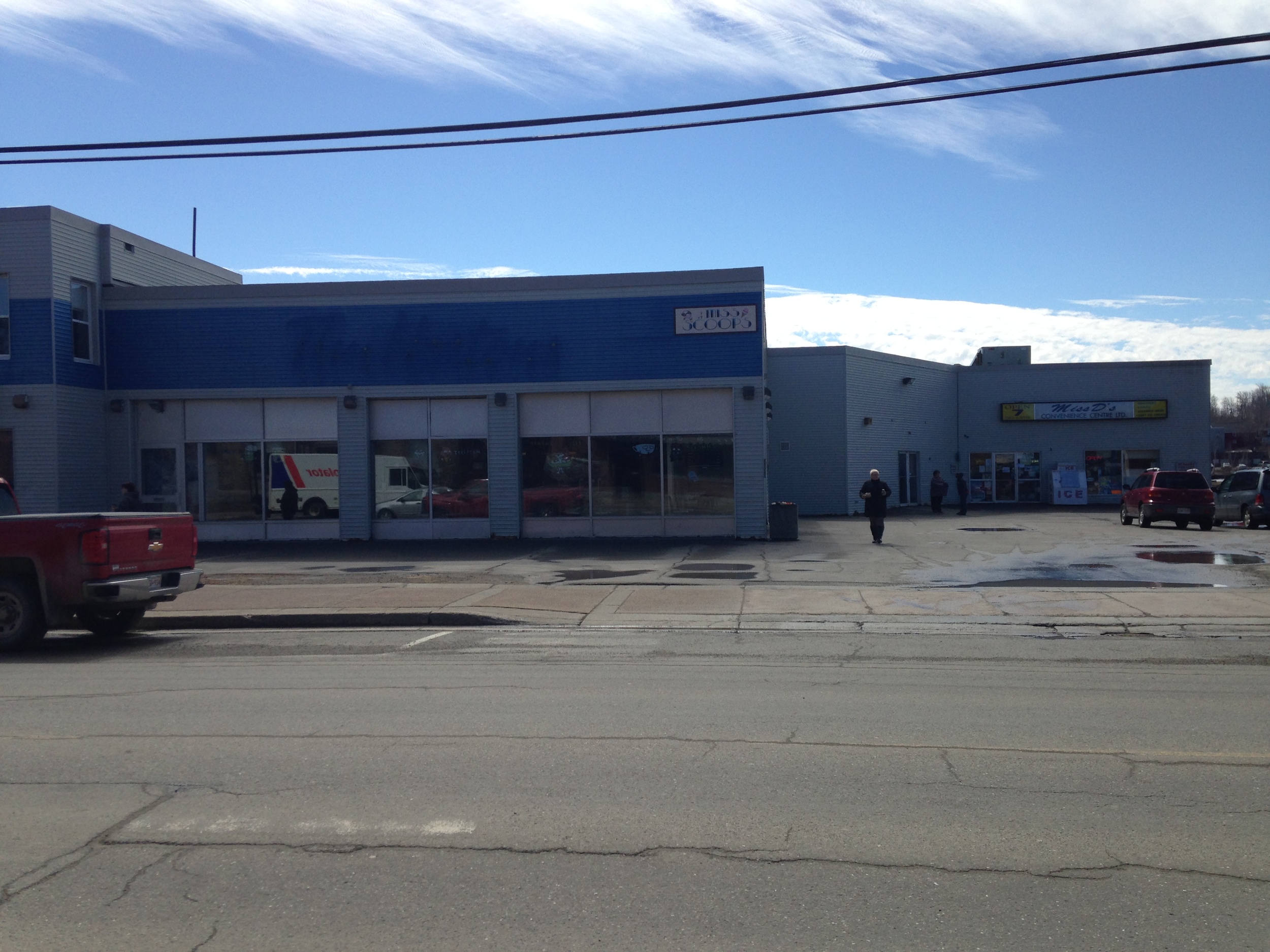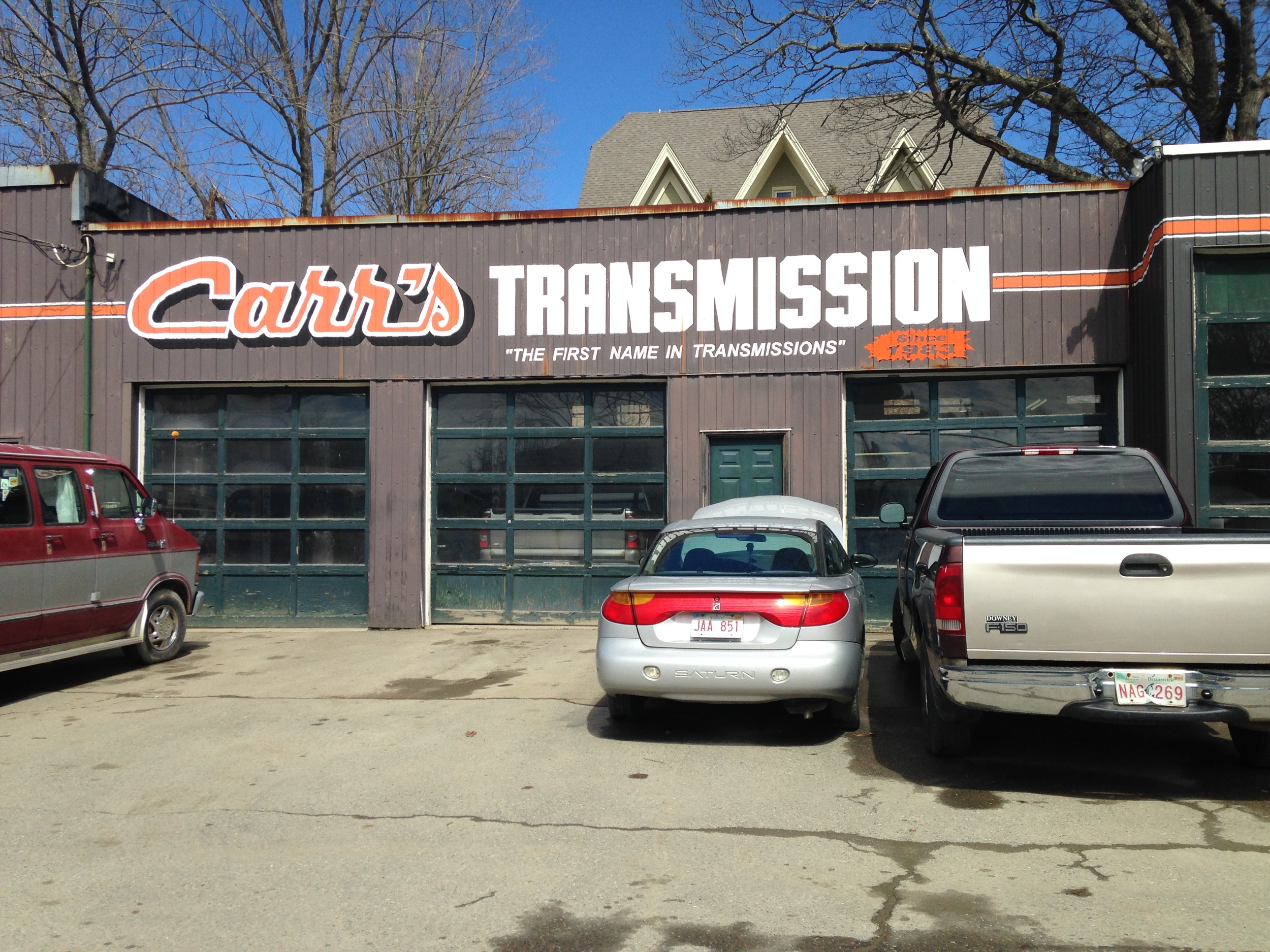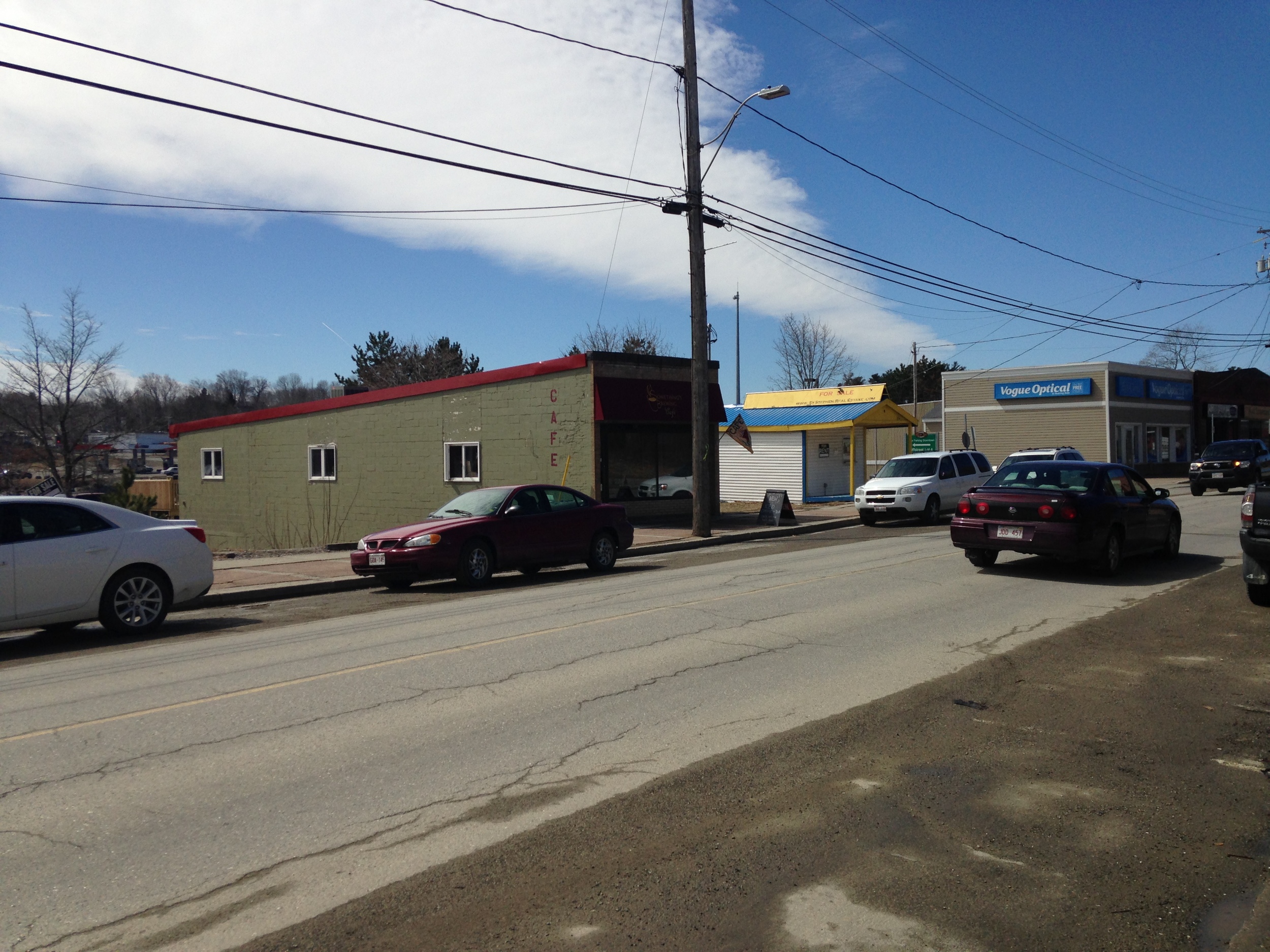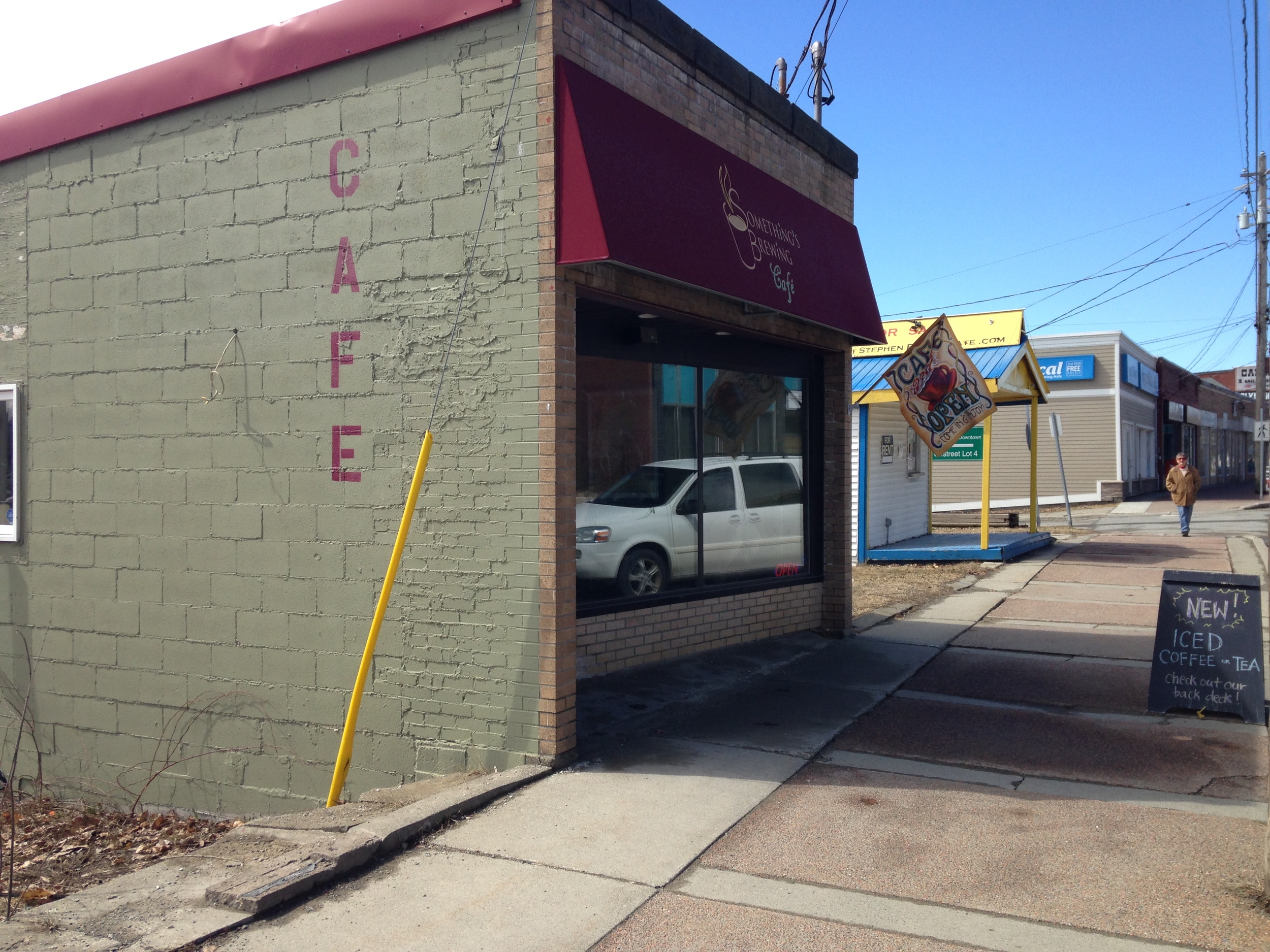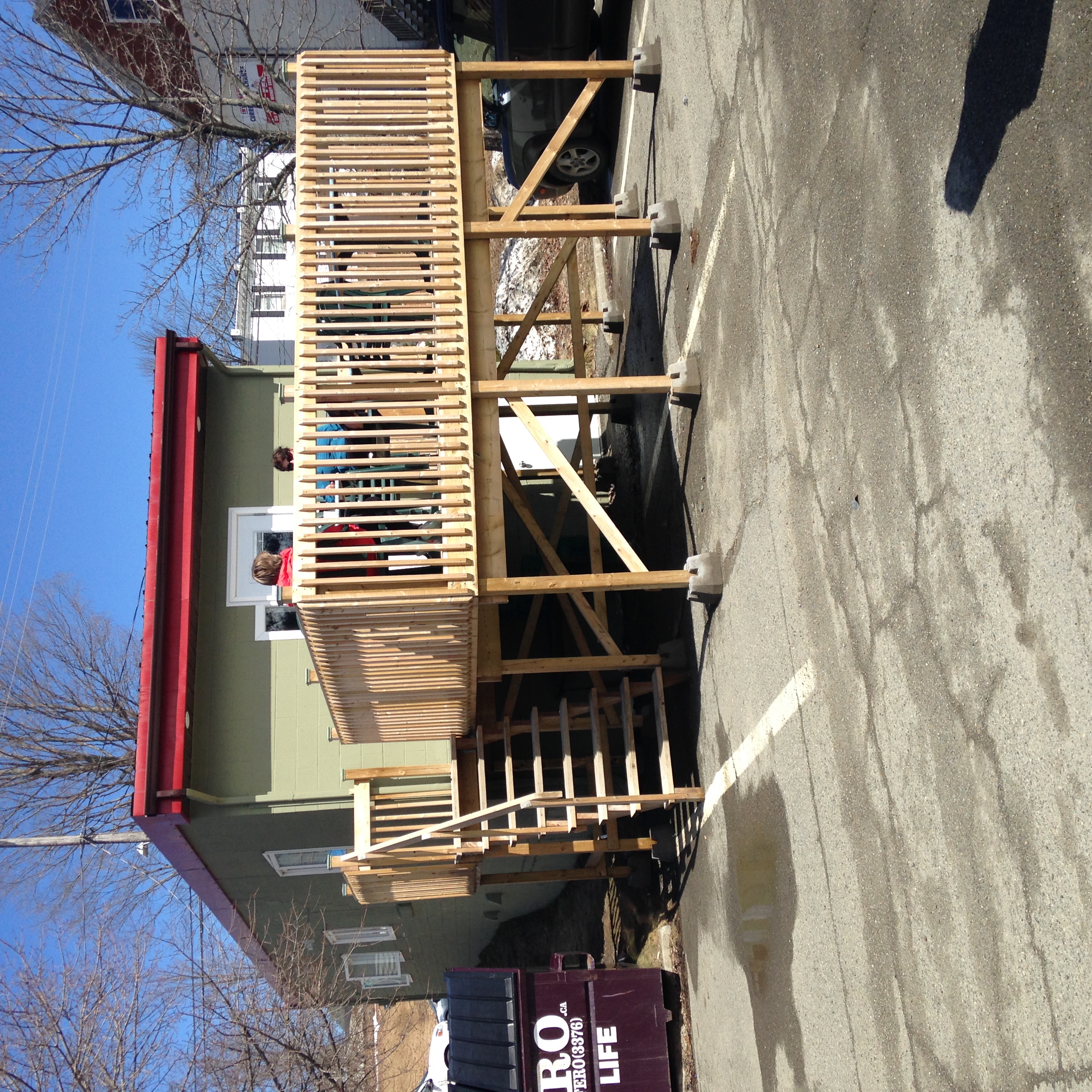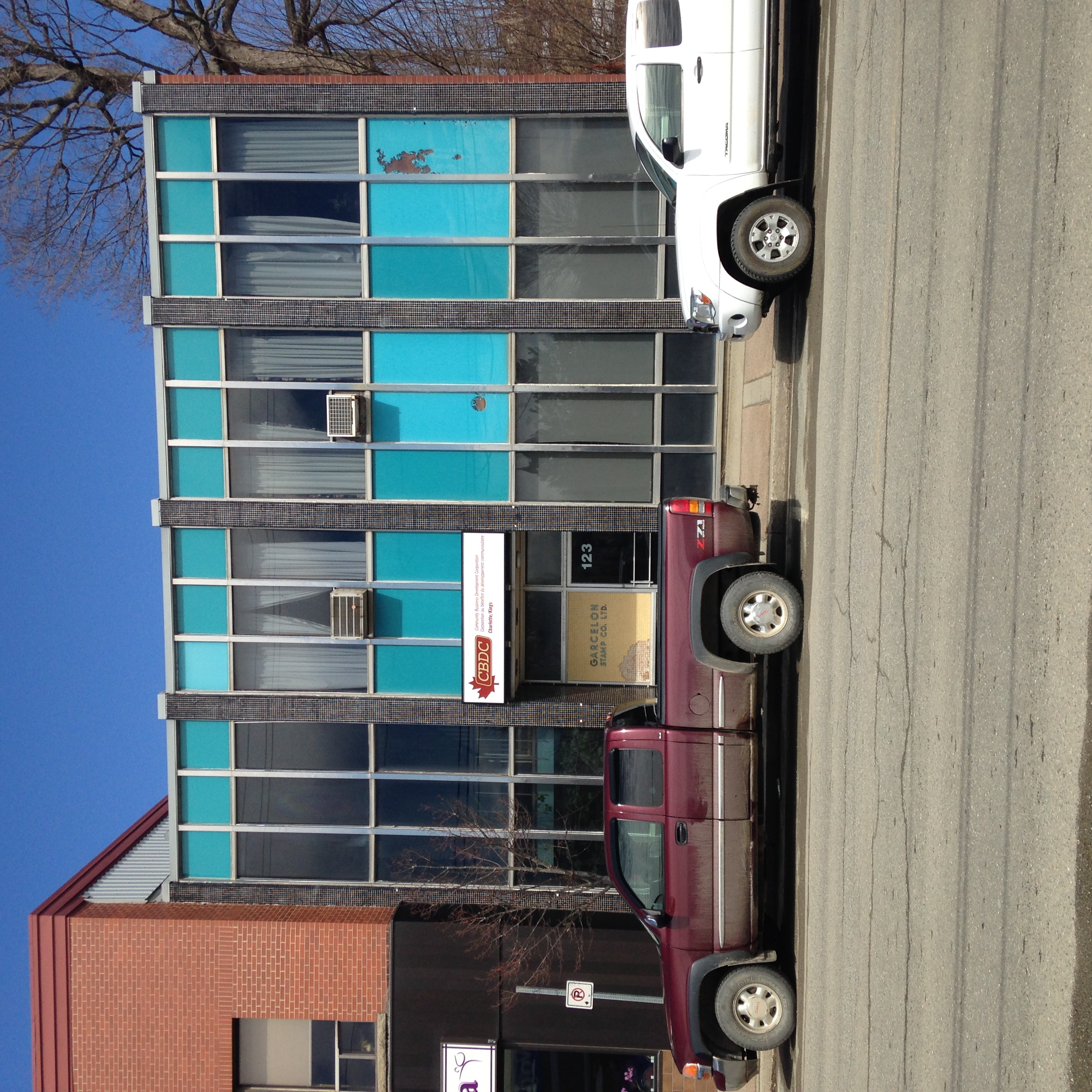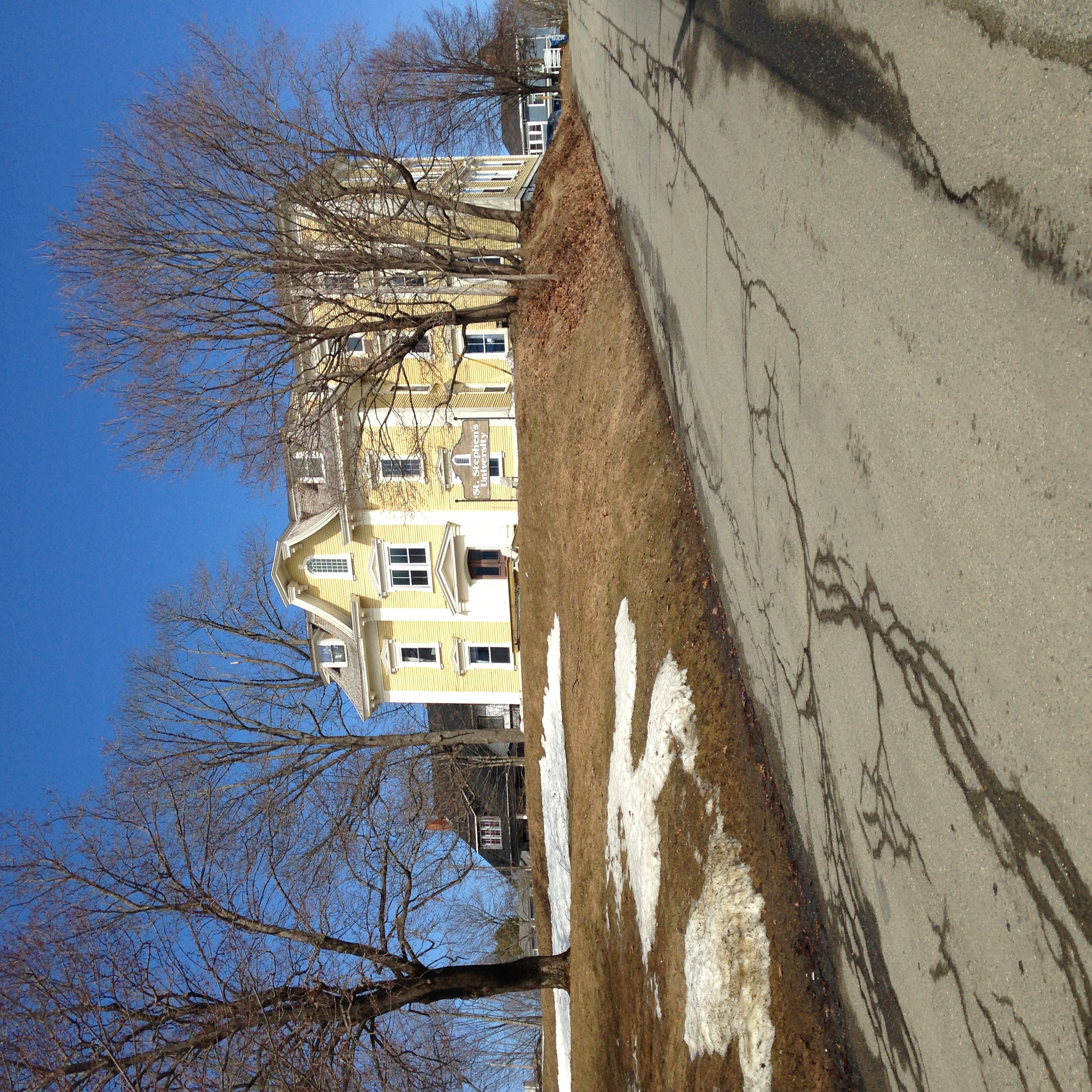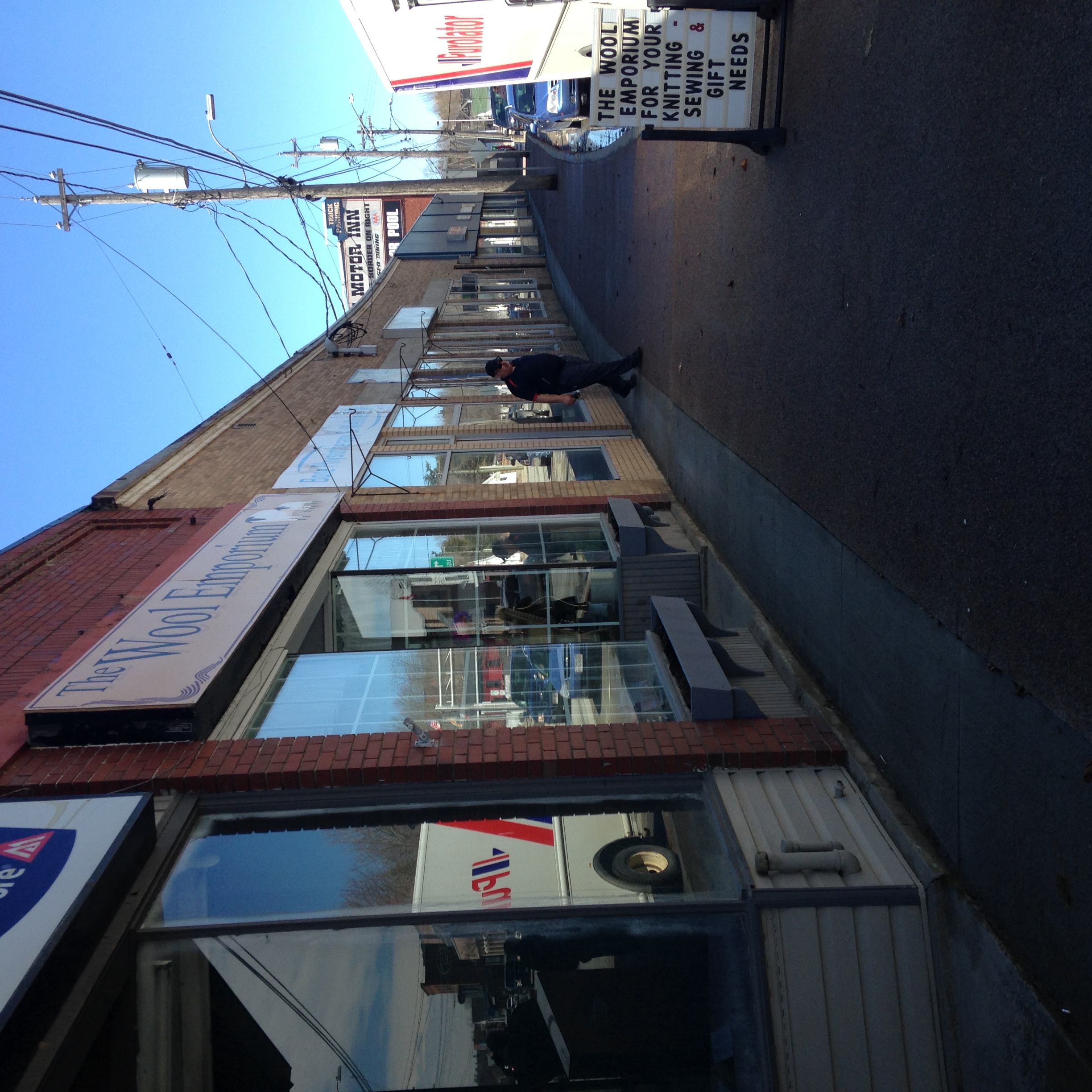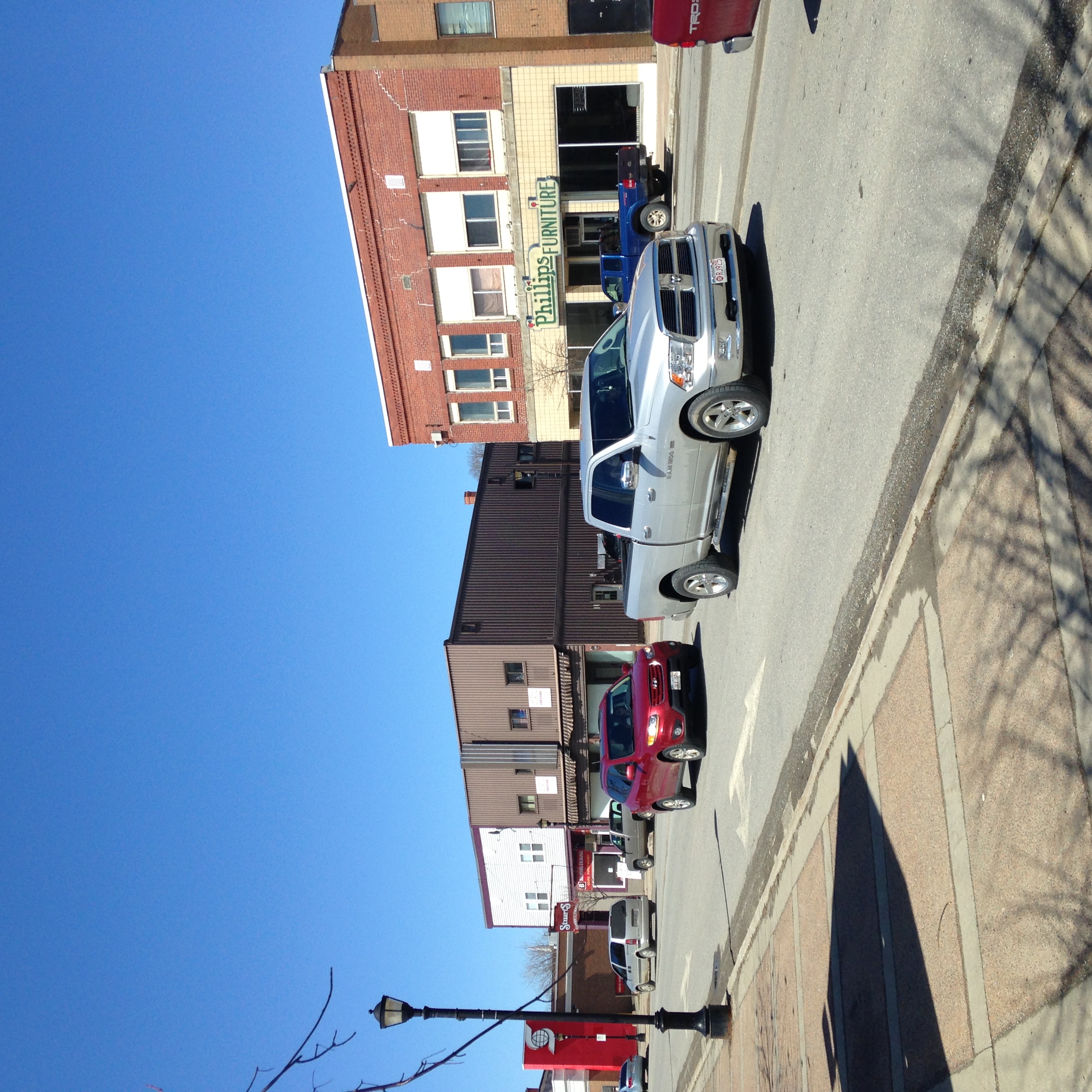How small can you make a Big Box? And other notes from the field.
Field notes from my adventures this week.
Shrunken Big Box in Québec City
Seeing big-box chains camouflaged in urban settings gives me that weird but amazing thrill you get as a kid when you see your teacher out on the town. Double take. "Wait, shouldn't you be... in school? Don't you live there? Why are your pants blue today?"
Smart retailers everywhere are experimenting with urban-format stores, despite it forcing them to squish their big-box tendencies. This is probably my favourite so far. I can't tell if it's Québec laying the "Thou shalt not parking lot" smackdown or if it's Rona deciding that they want to grow their neighbourhood retail presence by forcing smallness upon themselves. Either way, it does the job.
Rona is a Canadian hardware chain. Its natural habitat is in a big parking lot like Home Depot. Photo by Scott Lewis on Flickr.
Here we see Rona experimenting with corner store retail in order to fit into the fabric of downtown Québec City. It looks to have partnered with a small paint store.
Town-Sizing in St. Stephen, New Brunswick
St. Stephen is a town of about 5000 at the border crossing to Calais, Maine. They have long considered themselves the Chocolate Town, being home to the Ganong Bros. chocolate factory. However, in the interest of catering to more new residents vs. tourists, they are now trying to tap into the "town-sizing" crowd, those people who have the freedom to work anywhere and would prefer the lifestyle of a small town.
St. Stephen has a lot of empty storefronts and has seen better days, but they've also got a handful of highly energetic and dedicated people on their side. I was asked to come do a walkabout and give some thoughts on their new downtown plan. The experience was another reminder that practical people are the lifeboat for the impractical situation we've got ourselves into. They need to care enough to stay and do something, but it's not even depressing to walk around a half-empty mainstreet when you believe it's in good hands. If St. Stephen can find the right leadership to move forward with its town-sizing vision, it will be an exciting place to which I'll happily return.
I'm finding one of my most valuable skills this year has been suggesting where NOT to spend money. We all get tempted by the same white elephants; sometimes we just need something to hang our hopes on and other times it seems like an intuitive boon. For example, officials are often convinced that the people demand more greenspace in the city and propose parks projects accordingly. In places that are starved for greenspace, that's probably true and you'll see thousands of people flock to places like the Highline or the Cheonggyecheon. But most places I see are far more starved for urbanity than a grassy place to sit or walk. You can tell because people will flock to a good patio or streetscape even with multiple parks nearby. Anyone who knows me will understand I'm a proponent of green in the city, but isn't it fascinating that we don't recognize what we actually want? Anyway, I'd take that money earmarked for paving the gravel waterfront trail and move it to activating mainstreet instead.
Most of my journey in city-building has been unlearning assumptions and developing an eye for substance vs. hype. Without reflecting on history, personal experience, and research (and Strong Towns) you could easily feel confident that people need more parking downtown, that you can build mature, mixed-use, multi-story residential buildings cheaply and in one go, that convention centres make your city matter, that what you really need is a bigger venue. These ideas have somehow weaseled their way into the layperson's City Building 101 despite being all hype, no substance. If you're like me, you probably spend about half of your time just fighting fires ignited by misguided ideas. If I had a nickel for every time I've said "Save your money! We can't make every play a Hail Mary..."
The Playhouse in Fredericton
Speaking of white elephants and Hail Mary ideas...
I'm so spoiled here in Fredericton. Take yesterday:
- Ryan and I bike five minutes to the city's theatre for a show. Only five minutes - beauty of a tiny downtown.
- Run into several friendly faces while making my way to the concession.
- Watch a much-loved Canadian musician play for his hometown.
- He's backed by a symphony (how a province of this size has a symphony is beyond me).
- The Playhouse is packed with people of all ages, loving life.
- After the show, it's a small enough venue that we get to mingle with the musicians.
Let's hear it for small cities, folks. Spring has reminded me how much I love this place.
We've been to the Playhouse six or seven times since I moved here for a variety of shows. It's always full and has an energy unlike any other theatre I've been in. After puzzling on it each time I scan the crowd in wonder, I think I've figured it out: families and seniors. The Playhouse feels like a true community theatre because it's full of families and seniors no matter what's playing. Their presence makes it feel like someone's living room, not an elitist arts institution. Everyone shows up.
Took this during intermission to be polite.
The Playhouse (built 1960) is being scheduled for expansion. It seats 709 people now and they are looking to add a 850-seat mainstage. The proposal suggests tearing down the old building and developing a new complex around the corner for $40-million.
The consultants deemed it unfeasible to reuse the existing Playhouse.
"A multi-million dollar renovation would not only come short of meeting the needs and goals of the region, but would substantially reduce the Playhouse's capacity by the time current building codes for life safety and accessibility are met," states a news release announcing the study's findings. - CBC News
The renderings suggest building a banal, glassy convention-centre of a building. According to the report, the repairs necessary to get the old Playhouse up to standard (including an elevator to the balcony, despite there being accessible seating on the main floor) put renovations at $24M and would not provide enough opportunity for increased revenue. I'm skeptical that $40M is somehow more financially responsible than $24M, but how are renovations this expensive (to a building that has no visible need for renovation - it looks and feels like it's in excellent shape)? Here's one more example of it being easier to build something new than to maintain. That $40M building will need to be fixed eventually too and it's hard to believe that has been fully accounted for in the budget.
I wouldn't consider myself resistant to change but we've got a good old thing going on with The Playhouse. Nothing built recently has given me any confidence that the replacement will be an improvement. I'll be looking into this case because it does not add up from where I'm standing.
UPDATE April 16: This FAQ on the Playhouse was posted a day after this blog was published. It sheds a little more light on the desire for a new facility and the costs of the present building which seems to be unfit for our local climate. One noteworthy point is that local fundraising is only expected to cover about 10% of the projected costs of the new facility. We can't afford to keep the current building and can't afford to build the new one without significant federal and provincial funding. Aha! This is the reason I feel so spoiled here - we're living the illusion of wealth. This is going to be quite the contentious issue and may be a moment of local reckoning. Not every city can support a $40M performing arts centre and we may very well be one of them.
GRACEN JOHNSON is a communications designer living in The Maritimes. While she finished her MPhil in Planning, Growth, and Regeneration in 2013, she has never stopped studying the city. Gracen thinks of her day-to-day as participatory action research, diving into the question of how Strong Citizenship can transform a city. She wears many hats trying to crack that nut herself, including as the designer and coordinator of an accelerator for small businesses that build community. She also freelances around the vision of "Projects for Places we Love" and has a video blog called Another Place for Me.
This year, Gracen is sharing field notes on her experiences with Strong Citizenship. In this regular column, you'll get snapshots of life as a friendly neighbour in a quintessential Little City that feels like a Big Town.




